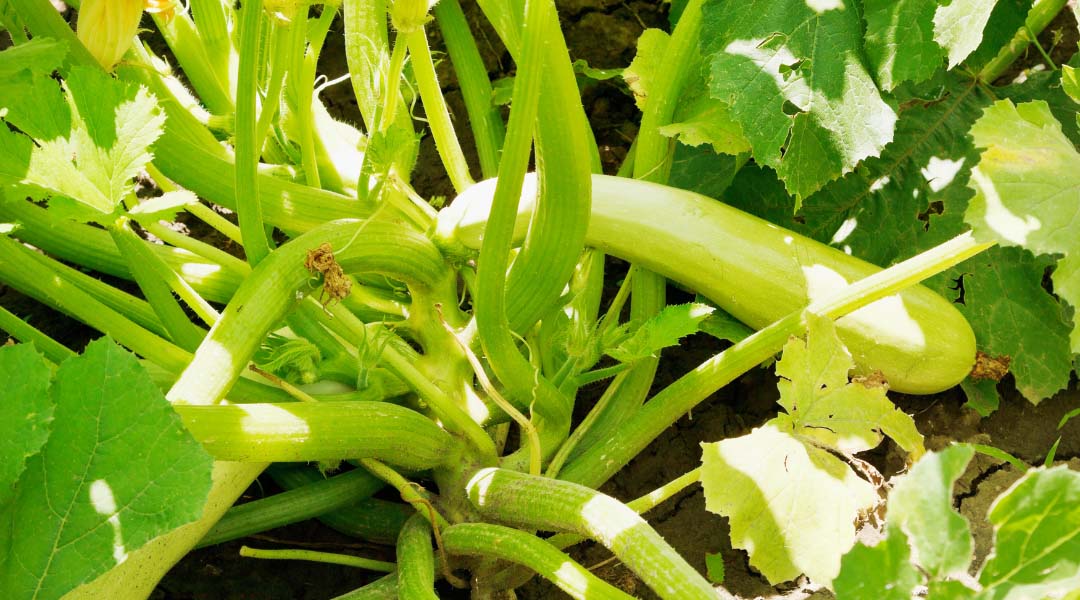Yellow squash is a popular variety of summer squash known for its vibrant color, mild flavor, and versatility in the kitchen. Whether roasted, grilled, or added to a summer salad, yellow squash brings a delightful taste to any dish. It’s easy to grow, making it a favorite among both novice and experienced gardeners.
Benefits of Growing Yellow Squash at Home
Growing yellow squash at home offers numerous benefits. You get fresh, organic produce at your fingertips, allowing you to enjoy the delicious taste and nutritional benefits of squash without worrying about pesticides or other chemicals. Additionally, home gardening can be a cost-effective way to supplement your diet with healthy vegetables. The satisfaction of harvesting your own produce, knowing exactly how it was grown, adds an extra layer of enjoyment to your meals.
Common Varieties of Yellow Squash
Yellow squash comes in several varieties, each with its own unique characteristics. The most common types are:
- Crookneck Yellow Squash: Recognizable by its curved neck and bumpy skin, crookneck squash has a slightly buttery flavor and a firm texture.
- Straightneck Yellow Squash: This variety has a straight neck and smoother skin. It tends to have a slightly milder flavor compared to the crookneck variety.
Understanding the differences between these varieties can help you choose the right one for your garden, depending on your taste preferences and intended use in the kitchen.
Selecting a Variety Based on Climate and Growing Conditions
Yellow squash thrives in warm weather, but some varieties are better suited to specific climates. If you live in a cooler region, consider starting your squash indoors and transplanting it outside once the weather warms up. For those in warmer climates, both crookneck and straightneck varieties will do well, as long as they receive plenty of sunlight and are planted in well-draining soil.
Preparing the Soil
Soil Requirements
Yellow squash prefers well-drained, loamy soil that is rich in organic matter. The ideal soil pH for growing yellow squash is between 6.0 and 6.8. You can easily test your soil’s pH using a home testing kit. If the pH is too low, adding lime can help raise it. Conversely, if the pH is too high, sulfur can be added to lower it.
Soil Enrichment
To ensure your yellow squash plants thrive, it’s important to enrich your soil with compost or well-rotted manure before planting. This adds essential nutrients and improves soil structure, allowing for better root development. If your soil is heavy clay or sandy, adding organic matter can also help improve its texture and drainage.
Planting Yellow Squash
Sowing Seeds vs. Transplants
When it comes to planting yellow squash, you have two options: sowing seeds directly into the garden or starting with transplants. Sowing seeds is often the preferred method, as squash plants do not like to be disturbed once they start growing. However, if you have a short growing season, starting seeds indoors and transplanting them outside once the danger of frost has passed can give you a head start.
Spacing and Depth Considerations
Yellow squash plants need plenty of space to spread out, so it’s important to plant them correctly. When sowing seeds, plant them about 1 inch deep and space them 3 to 4 feet apart to ensure they have enough room to grow. If you’re planting transplants, be sure to handle them gently and place them at the same depth they were growing in their pots.
Timing of Planting
The best time to plant yellow squash is after the last frost in spring, when the soil has warmed to at least 70°F. If you’re planting multiple crops to extend your harvest, consider successive planting every 2 to 3 weeks. This way, you’ll have fresh squash all season long.
Caring for Yellow Squash Plants
Watering Needs
Yellow squash plants require consistent moisture, especially during the flowering and fruiting stages. Water your plants deeply once a week, ensuring the soil is moist but not waterlogged. To prevent fungal diseases, water the base of the plants rather than the leaves. Using drip irrigation or soaker hoses can help deliver water directly to the roots.
Mulching
Mulching is a great way to conserve soil moisture, suppress weeds, and maintain a consistent soil temperature. Apply a 2- to 3-inch layer of organic mulch, such as straw or wood chips, around your yellow squash plants. Be sure to keep the mulch away from the base of the plants to prevent rot.
Fertilization
Yellow squash is a heavy feeder, meaning it requires a good amount of nutrients to produce a bountiful harvest. Fertilize your plants with a balanced fertilizer every 4 to 6 weeks during the growing season. Alternatively, you can use a slow-release fertilizer at the time of planting, which will gradually provide nutrients to the plants over time.
Pruning and Support
While yellow squash plants generally do not require support, pruning can help manage their size and promote better air circulation, reducing the risk of disease. Remove any dead or yellowing leaves and trim back any sprawling vines to keep the plant tidy. If you prefer to grow your squash vertically, consider using a trellis or stakes to support the vines.
Pest and Disease Management
Common Pests
Yellow squash plants are susceptible to several pests, including squash bugs, cucumber beetles, and vine borers. Regularly inspect your plants for signs of infestation, such as holes in the leaves or wilting. Hand-pick any visible pests and consider using row covers to protect young plants. Neem oil or insecticidal soap can also be used to control pest populations.
Common Diseases
Common diseases affecting yellow squash include powdery mildew and blossom end rot. Powdery mildew appears as a white, powdery substance on the leaves and can be controlled by ensuring proper air circulation and avoiding overhead watering. Blossom end rot, characterized by dark, sunken spots on the fruit, is usually caused by a calcium deficiency or inconsistent watering. Adding calcium to the soil and maintaining even moisture levels can help prevent this issue.
Harvesting Yellow Squash
When to Harvest
Yellow squash is best harvested when it’s young and tender, usually when the fruit is about 6 to 8 inches long. At this stage, the skin is soft, and the seeds are small, making it perfect for eating raw or cooked. Harvesting regularly will also encourage the plant to produce more fruit.
Harvesting Techniques
To harvest yellow squash, use a sharp knife or pruning shears to cut the fruit from the vine, leaving about an inch of stem attached. Be careful not to damage the plant, as this can reduce its productivity. Harvesting in the morning when the temperatures are cooler will help the squash stay fresh longer.
Post-Harvest Storage
Yellow squash has a relatively short shelf life and is best eaten within a few days of harvesting. Store the squash in a cool, dry place, or refrigerate it in a plastic bag to extend its freshness. If you have a large harvest, consider freezing or canning the squash to preserve it for later use.
Troubleshooting Common Problems
Yellow Squash Not Setting Fruit
If your yellow squash plants are not setting fruit, the problem may be related to poor pollination or temperature extremes. To improve pollination, attract bees and other pollinators to your garden by planting flowers nearby. You can also try hand-pollinating the flowers by transferring pollen from the male flowers to the female flowers using a small brush.
Yellow Squash Wilting or Yellowing
Wilting or yellowing leaves can be a sign of overwatering, underwatering, or pest infestations. Check the soil moisture and adjust your watering schedule as needed. If pests are the problem, remove them and treat the plant with an appropriate pesticide or natural remedy.
Tips for Maximizing Yield
Successive Planting for Continuous Harvest
To enjoy a continuous harvest of yellow squash throughout the season, practice successive planting. Sow new seeds every 2 to 3 weeks to ensure that as one crop begins to fade, another is ready to take its place. This method also helps mitigate the risk of losing your entire crop to pests or disease.
Companion Planting
Companion planting involves growing plants together that benefit each other in some way. For yellow squash, good companion plants include beans, which fix nitrogen in the soil, and marigolds, which repel harmful pests. Avoid planting squash near potatoes or tomatoes, as they can compete for nutrients and attract similar pests.
Conclusion
Growing yellow squash can be a rewarding and enjoyable experience, whether you’re a seasoned gardener or just starting out. By choosing the right variety, preparing your soil, and providing proper care, you can ensure a bountiful harvest of fresh, delicious squash.
The joy of gardening is in the process—nurturing your plants, watching them grow, and finally reaping the rewards. Yellow squash is an excellent addition to any garden, offering not only a delicious vegetable but also the satisfaction of cultivating your own food.
Now that you have all the information you need, why not start your own yellow squash garden? With a little effort and attention, you’ll soon be enjoying the fruits of your labor.


0 Comments